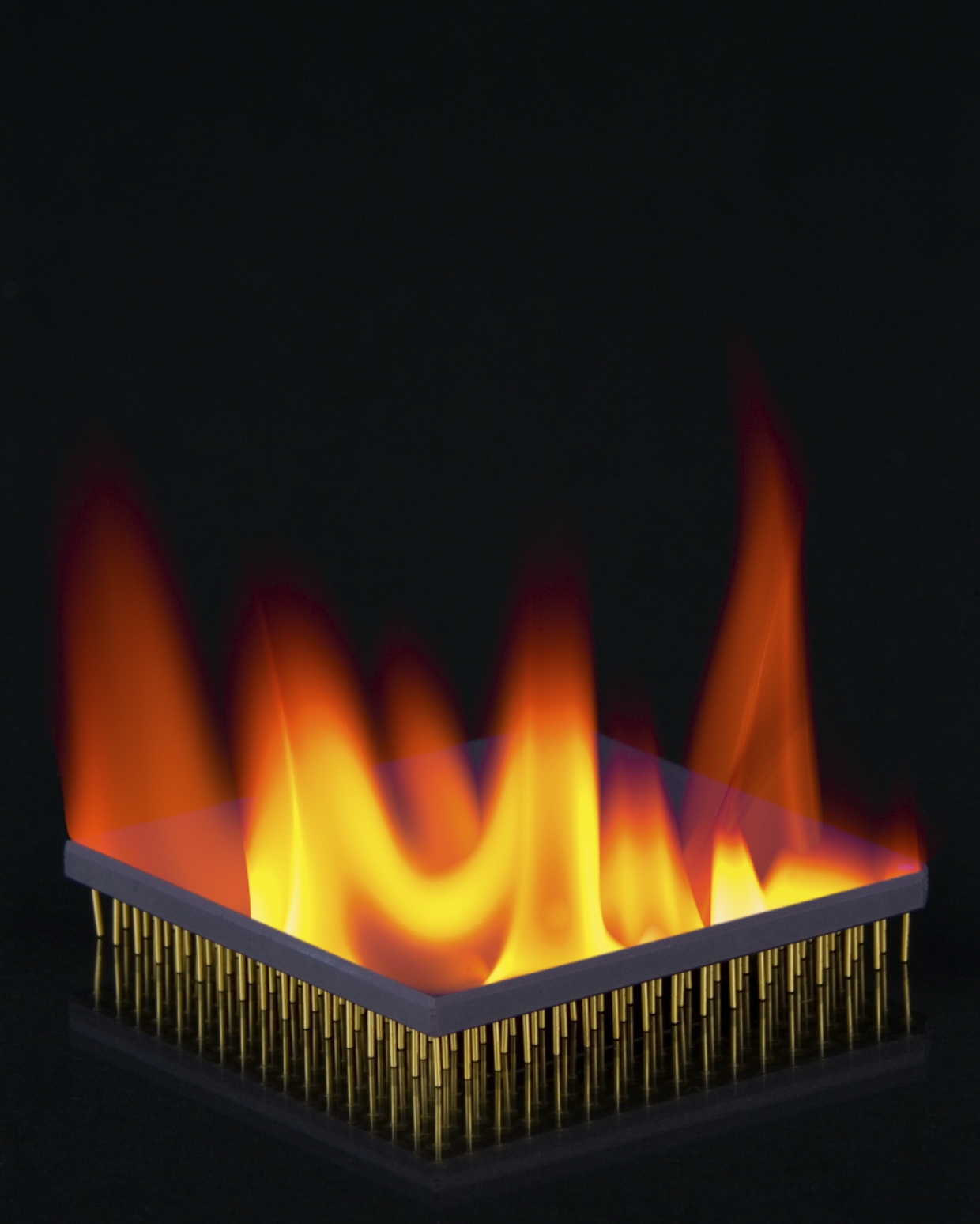Data centres could experience 30% more failures as temperatures increase

American Society of Heating and Refrigeration Engineers (ASHRAE) is generally considered to set the standards globally for data centre cooling. A few years ago it relaxed its recommended operating range for data servers from 20-25C (Celsius) to 18-27C.
ADVERTISEMENT
“For decades,” Alan says.
“Data centres have operated at a 20-21C temperature. With the relaxation in the ASHRAE 2011 recommendation plus the pressure to cut costs – data centres have begun to significantly increase the ‘cold aisle’ temperature to 24-25C and in some cases right up to 27C.
“But many of them have not taken into account the study of server reliabilities detailed in the ASHRAE 2001 Thermal Guidelines for Data Processing Environments – which predicts that if the cold aisle temperature is increased from 20C to 25C, the level of failures increases by a very significant 24%. Upping the temperature to 27.5C increases the failure rates by a massive 34%.
Alan adds, “And if the air temperature going into the front of the servers is 27C it’s going to be very hot (34-37C) coming out of the rear. For blade servers it can be a blistering 42C at the rear.
“It’s not just the servers that can fail,” Alan says. “At the rear of the servers are electric supply cables, power distribution units and communication cables. Most of these are simply not designed to work at such elevated temperatures and are liable to early mortality.”
Interestingly, again according to ASHRAE’s published figures, if the temperature is reduced to 17C – the server reliability is improved by 13% compared to conventional 20C operations.
“To cool the air to 17C would be completely uneconomic with conventional refrigeration cooling. Our modelling shows it would require over 500kW kilowatts of electricity for every megawatt of IT equipment. However, with our evaporative direct air cooling CRECs (Computer Room Evaporative Coolers), this 17C operation would require less than 40kW kilowatts – a saving of over 450kW compared to conventional refrigeration and a reduction of PUE (Power Usage Effectiveness) of 0.45.”
When given the option of cooling a data centre with refrigeration at 27C compared with evaporative cooling at 17C at less than 10% of the energy use, 40% less temperature related server failures and a more stable environment for other components it is clear why over 150 UK data centre operators have adopted this approach.
Alan Beresford has prepared an informative webinar explaining how evaporative cooling works and why it uses so little energy compared to conventional refrigeration. Beresford adds a final point, “when Engineers and technicians are working on servers, it’s usually at the rear where all the connections are. If they are going to have to work regularly in temperatures of 34C to 42C there might be health issues to consider too. Keeping their working environment under 30C is a far more acceptable solution.”
-
ADVERTISEMENT
-
ADVERTISEMENT

